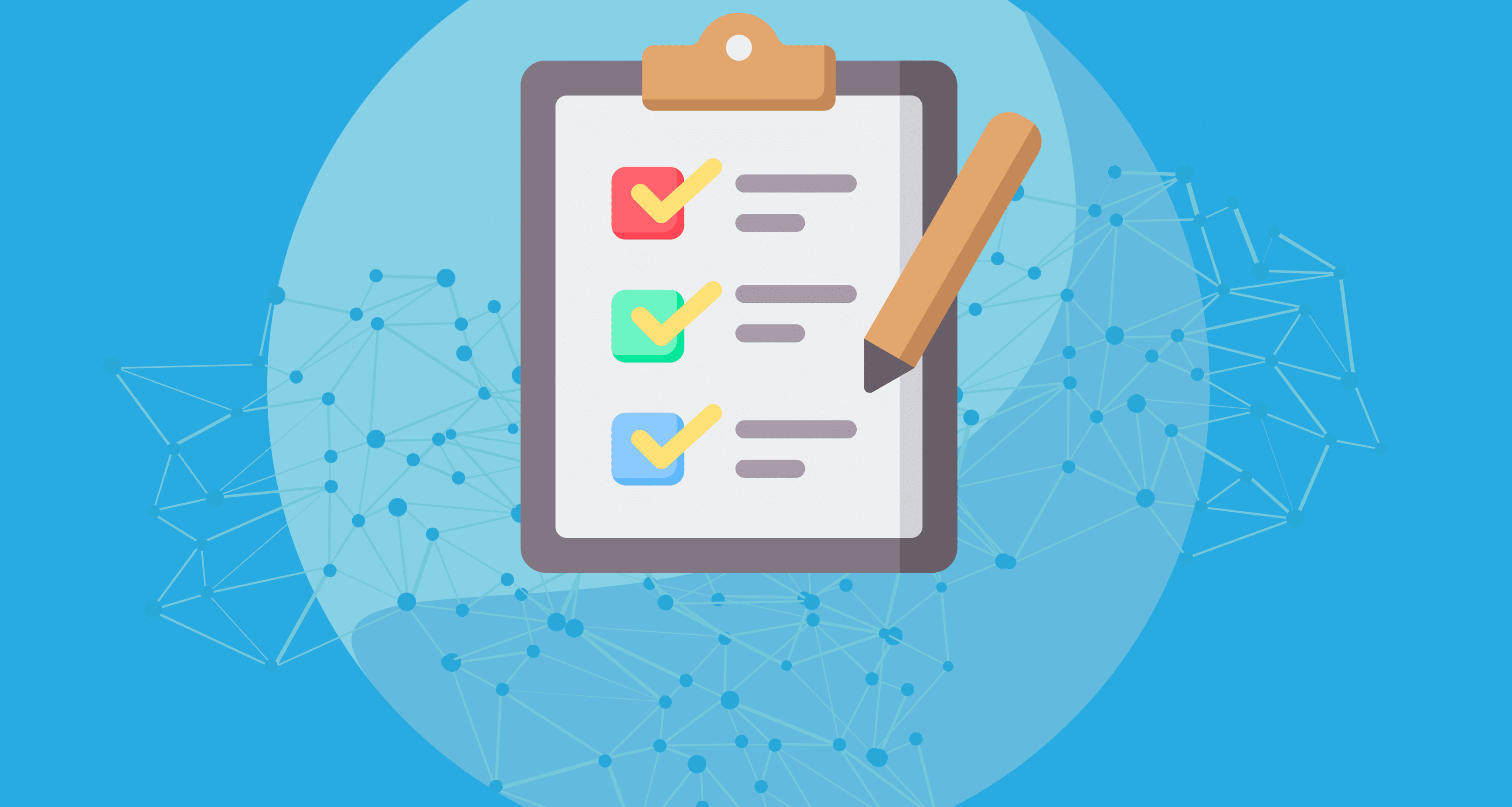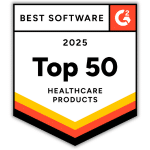
As society becomes more digitally advanced, businesses rely heavily on information technology (IT) systems to streamline their operations and enhance productivity. However, with technological advancements come potential risks and vulnerabilities that could compromise the security of sensitive data. That’s where an IT compliance checklist comes into play – a comprehensive guide to ensure your organization meets all necessary security requirements.
An IT compliance checklist is a comprehensive set of guidelines and requirements that organizations follow to ensure their IT systems align with:
- Relevant Regulations
- Industry Standards
- Best Practices
It serves as a structured guide for conducting:
- Internal Audits
- Assessing Risks
- Implementing Necessary Controls
IT Security Compliance Checklist: Protecting Your Digital Fortress
One crucial aspect of IT compliance is information security. With increasingly sophisticated cyber threats, organizations must prioritize safeguarding their digital assets. An IT security compliance checklist helps them achieve just that. Let’s explore some key elements that this checklist may include.
1. Access Control Management
Controlling access to sensitive data is crucial in preventing unauthorized disclosure or alteration. An adequate access control involves identifying user privileges based on job roles, and implementing robust authentication methods like:
- Multi-Factor Authentication
- Regularly Reviewing User Access Rights
- Promptly Revoking Access Upon Termination
2. Network Security
A robust network security system protects confidential business information from potential threats. An effective IT security compliance checklist includes items such as:
- Secure Network Architecture Design
- Firewall Configuration Checks
- Intrusion Detection Systems Evaluation (IDS) or Intrusion Prevention Systems (IPS)
- Regular Vulnerability Assessments
- Secure Remote Access Protocols (ex. Virtual Private Network (VPN))
3. Data Encryption & Protection
Data is an organization’s most valuable asset; protecting it should be a top priority. An IT compliance checklist must encompass measures such as:
- Data Encryption
- Secure Transmission Protocols
- Regular Backup Procedures
- Secure Storage Solutions
These are all used to help mitigate the risk of data loss or theft.
4. Incident Response Plan
No matter how robust your security measures are, incidents can still occur. A well-defined incident response plan is crucial for minimizing damage and restoring normal operations quickly. An effective IT compliance checklist includes items such as:
- Incident Detection
- Notification Processes
- Incident Documentation
- Timely Resolution
- Post-Incident Analysis
These are ultimately used to help to prevent future occurrences.
5. Employee Training & Awareness
Employees play a significant role in maintaining IT security compliance within an organization. Regular training sessions on cybersecurity awareness are essential to educate employees about potential threats like:
- Phishing Attacks
- Social Engineering Techniques
- Safe Browsing Practices
An ideal IT compliance checklist emphasizes the importance of ongoing employee education to foster a culture of security awareness.
Unveiling the IT Compliance Audit Checklist
Apart from securing an organization’s IT infrastructure, it is equally important to adhere to various regulations and standards imposed by industry bodies or government entities. An IT compliance audit checklist acts as a roadmap for assessing whether an organization complies with these requirements effectively. Let’s delve into some essential components of an IT compliance audit checklist.
1. Regulatory Compliance
Ensure the organization adheres to industry-specific regulations such as HIPAA (Health Insurance Portability and Accountability Act), GDPR (General Data Protection Regulation), or PCI DSS (Payment Card Industry Data Security Standard). Conduct regular audits to verify compliance.
2. Documentation & Policies
Maintain up-to-date documentation of IT policies, procedures, guidelines, and standards. Review these documents regularly to ensure they align with current regulatory requirements and business needs.
3. Risk Assessments
Perform periodic risk assessments to identify potential vulnerabilities and assess their impact on critical systems and data. Develop mitigation strategies to address identified risks promptly.
4. Vendor Management
Establish a vendor management program that evaluates third-party vendors’ security practices before engaging in business partnerships. Regularly assess vendors’ compliance with relevant regulations.
Meeting Security Requirements in Your Business
Remember, this article provided only a glimpse into the vast landscape of IT security and audit compliance. It is crucial for organizations to stay up-to-date with emerging threats, industry standards, and regulatory changes to safeguard their digital landscape effectively.
Compliancy Group’s healthcare compliance software enables you to assess risk, create policies and procedures, and train staff through easy-to-use software. Get peace of mind by removing the guesswork from your compliance program!










